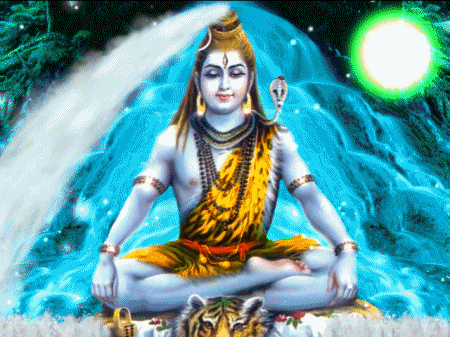


Pranayama
Very important to know about Pranayama is, as long as we control the breathe (kumbhaka) we can increase our lifeline or age. The living creature on the earth which has the slow process of taking breathe (inhalation) and breathing out (exhalation). They will have the more long life. The other creature which is breathing very fast they will have very short life. That is why our yogis of old age having the control on the breathe they could live thousands of years and also it is verily true that one who can control the breathe completely there is no death for him. He can live as long has he wants to live on the planet Earth. Pranayama is generally defined as breath control. The word pranayama is comprised of two roots: ‘prana’ plus ‘ayama’. Prana means ‘vital energy’ or ‘life force’. Although closely related to the air we breathe, it is more subtle than air mere breathing exercises aimed at introducing extra oxygen into the lungs. Pranayama utilizes breathing to influence the flow of prana in the nadis or energy channels of the pranayama kosha or energy body. The word yama means ‘control’ and is used to denote various rules or codes of conduct. However this is not the word which is joined to prana to form pranayama; the correct word is ‘ayama’ which has far more implications. Ayama is defined as ‘extension or expansion of the dimension of prana’. The techniques of pranayama provide the method whereby the life force can be activated and regulated in order to go beyond one’s normal boundaries or limitations and attain a higher state of vibratory energy and awareness.
Four aspects of Pranayama
The different practices of pranayama involve various techniques which utilize these four aspects of breathing. There is another mode of pranayama, which is called kevala kumbhaka or spontaneous breath retention. This is an advanced stage of pranayama which occurs during high states of meditation. During this state, the fluctuation of prana ceases. The most important part of pranayama is actually kumbhaka or breath retention. However, in order to perform kumbhaka successfully, there must be a gradual development of control over the function of respiration. Therefore, in the pranayama practices more emphasis is given to inhalation and exhalation at the beginning, in order to strengthen the lungs and balance the nervous and pranic systems in preparation for the practice of kumbhaka. These initial practices influence the flow of prana in the nadis, purifying, regulating and activating them, thereby inducing physical and mental stability.
-
Pooraka or inhalation
-
Rechaka or exhalation
-
Anatar kumbhaka or internal breath retention
-
Bahir kumbhaka or external breath retention
Pranayama practices establish a healthy body by removing blockages in the pranayama kosha, enabling increased absorption and retention of prana. The spiritual seeker requires tranquillity of mind as an essential prelude to spiritual practice